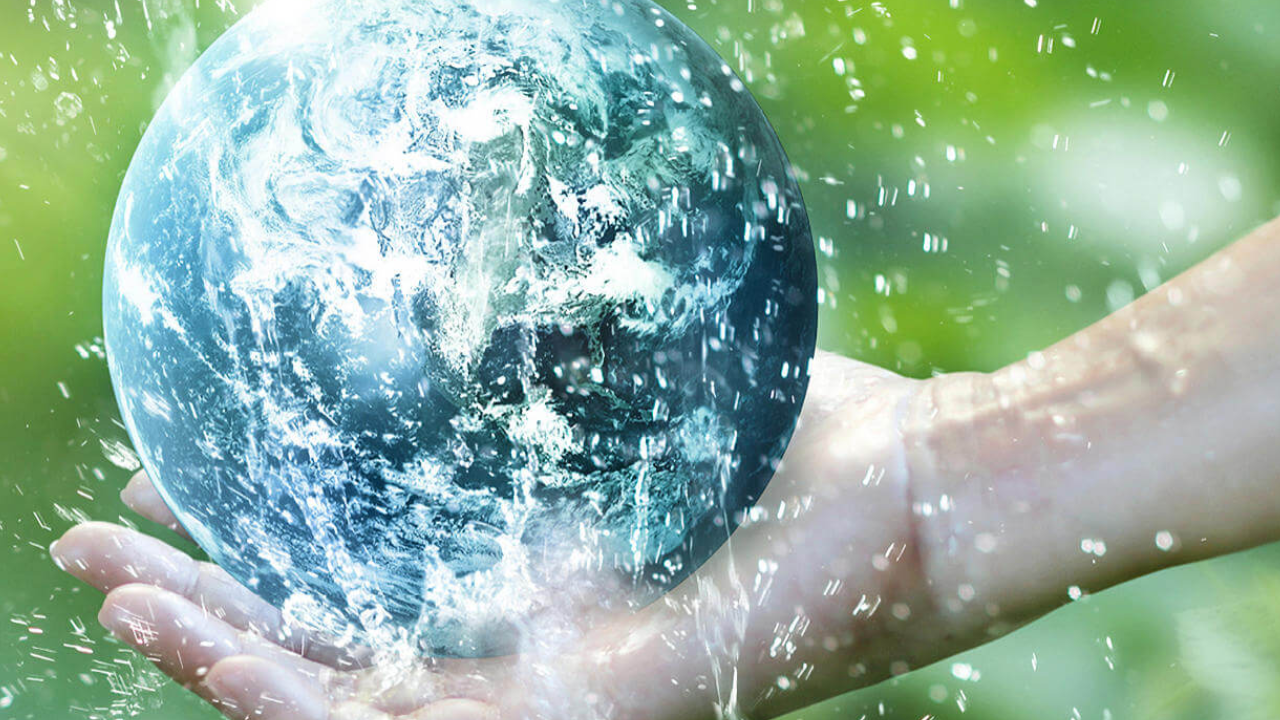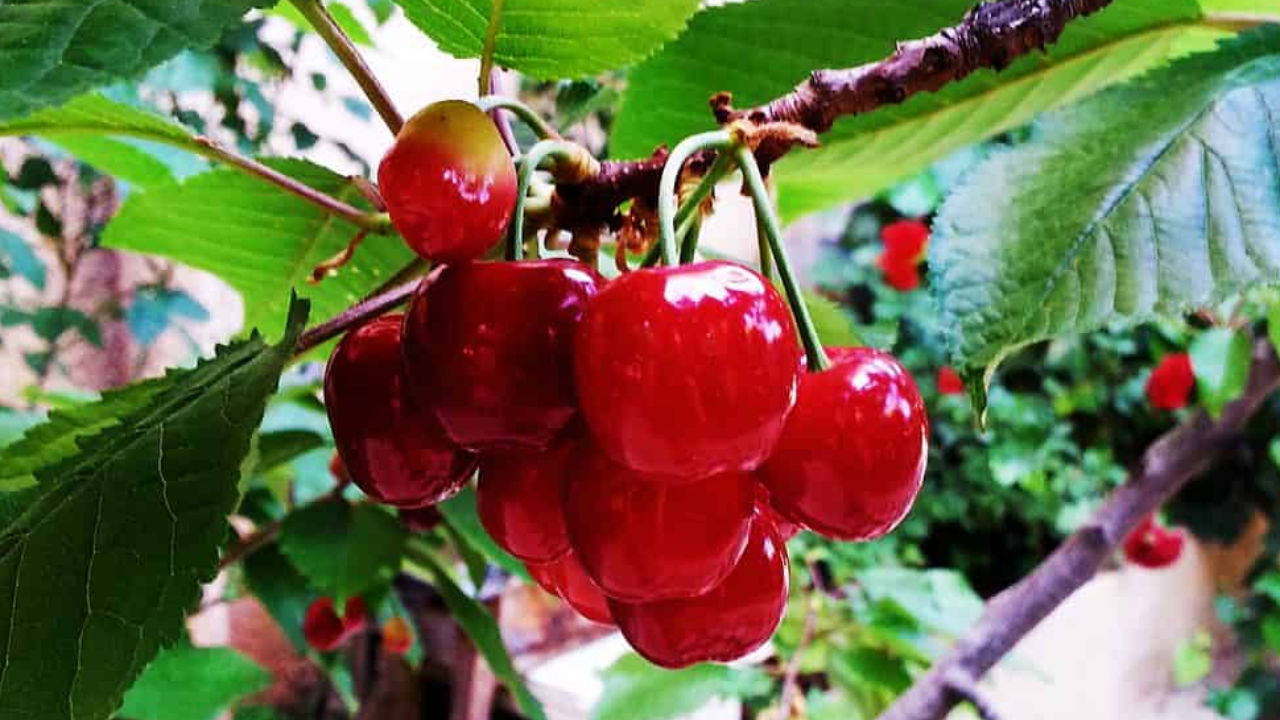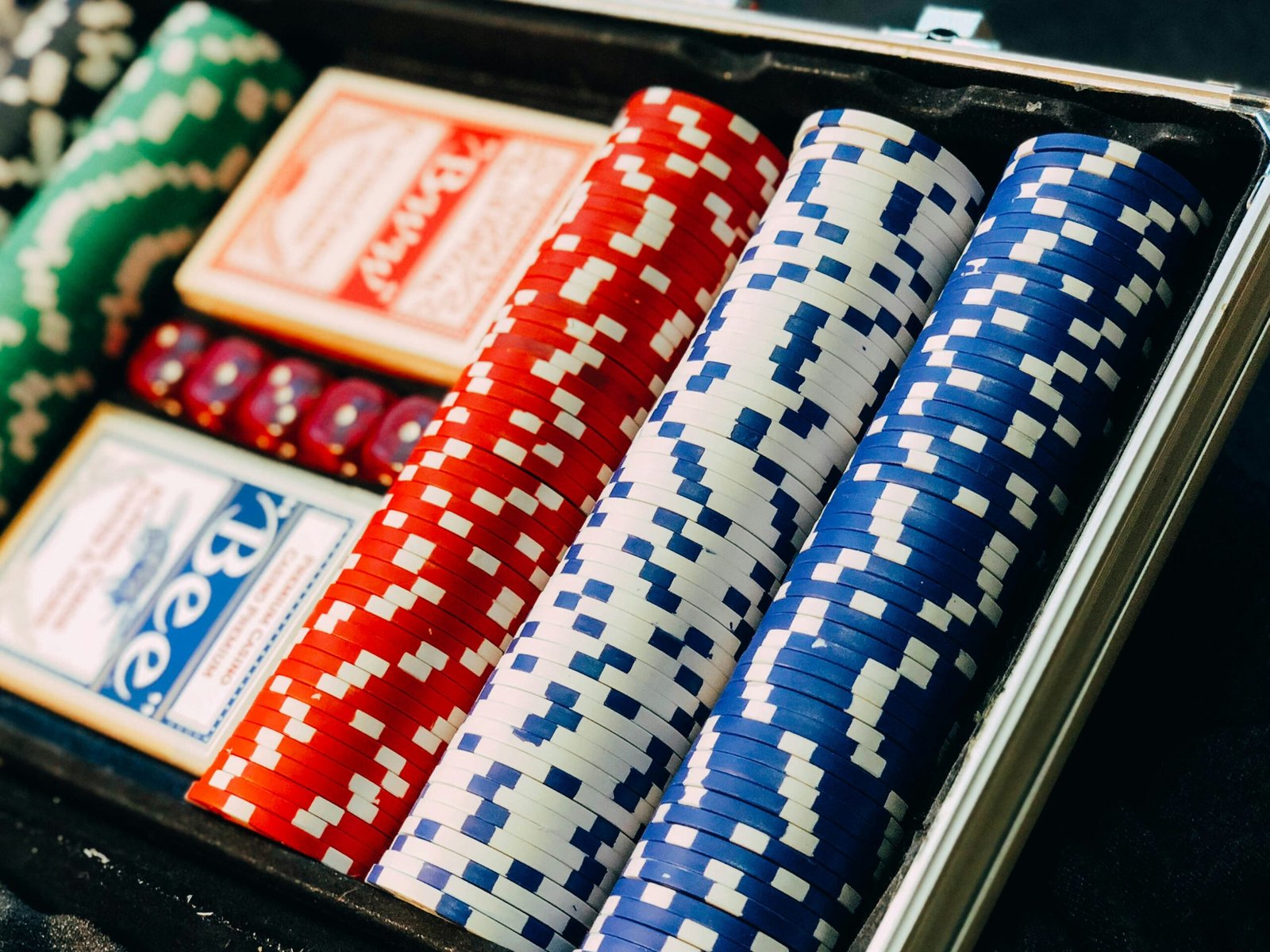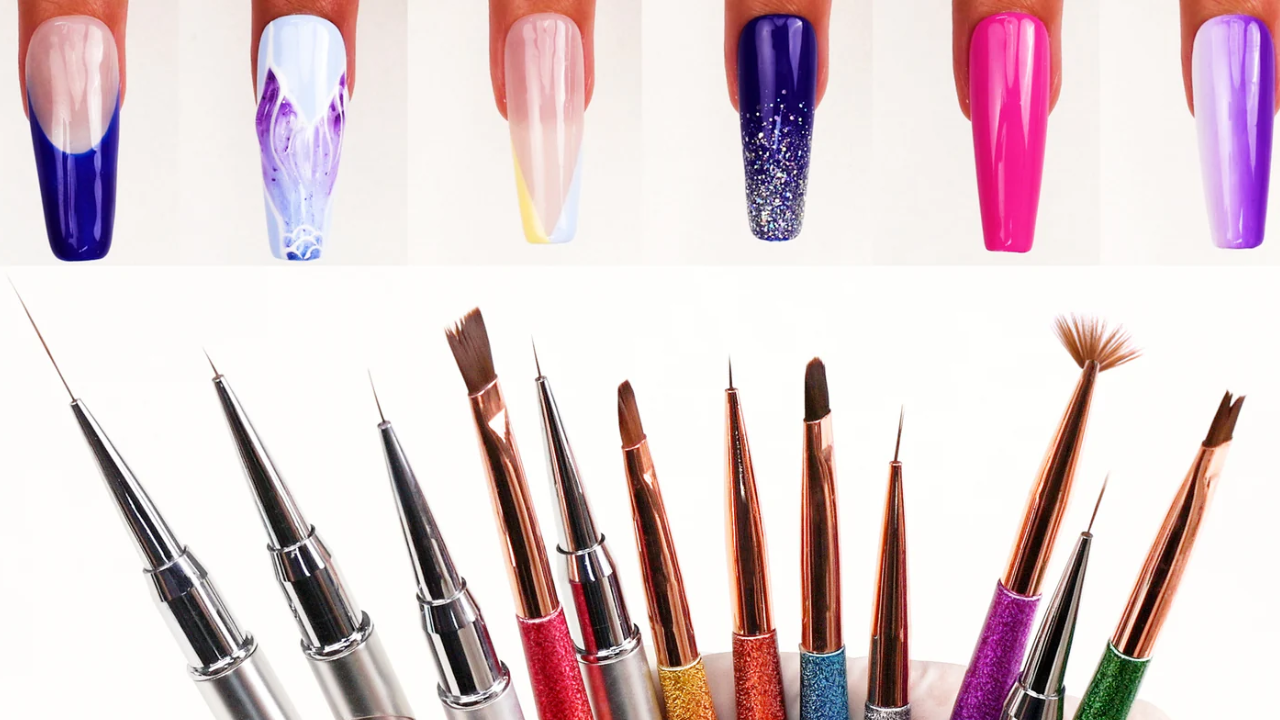The main time where sensory overload and environmental degradation dominate our daily lives, a new ethos has begun to emerge—Eau Air. This concept, derived from the French words for “water” (eau) and “air” (air), embodies a return to elemental purity. But Eau Air is not merely a poetic phrase. It represents a cultural and lifestyle shift toward clarity, well-being, sustainability, and mindful luxury. It’s not a product—it’s a principle. A movement.
Across industries, from wellness technology and sustainable design to perfumery and experiential branding, Eau Air is becoming a new standard of excellence. What started as a niche reference in high-end fragrance has evolved into a multidisciplinary philosophy centered around balance, breathability, hydration, and the quiet power of natural synergy.
The Meaning Behind Eau Air
At first glance, the term Eau Air appears deceptively simple—just water and air. But beneath that simplicity lies a profound conceptual richness. These two elements are fundamental to life. They are also central to our sensory experience, both physically and emotionally.
Water (Eau)
Water is the universal solvent. It symbolizes purity, flow, and nourishment. It hydrates our bodies, cleanses our environments, and calms our minds. From misty mountain streams to ocean waves, water refreshes and resets.
Air (Air)
Air is invisible, yet vital. It provides oxygen, carries scent, and governs our respiratory well-being. Clean air contributes to mental clarity, physical energy, and emotional peace. Wind and breeze have always signified movement, lightness, and transformation.
When these two elements combine in the philosophy of Eau Air, they signify a lifestyle that is at once refreshing and grounding, high-tech and nature-inspired. It’s about creating a breathable life—spaces, experiences, and products that do not suffocate but instead invite freedom, freshness, and fluidity.
Origins and Evolution of Eau Air as a Lifestyle Concept
While the phrase “Eau Air” has its roots in the language of perfumery and spa culture, its expansion into a broader lifestyle philosophy is a relatively recent evolution. This transformation has been shaped by various global trends:
A. Post-Pandemic Awareness
The COVID-19 pandemic heightened awareness around indoor air quality and health. People began investing more in humidifiers, air purifiers, and holistic wellness routines to support immunity and mental well-being. The need for cleaner, breathable environments became central to how we define comfort.
B. Environmental Consciousness
Climate change, pollution, and the depletion of natural resources have encouraged designers, architects, and manufacturers to turn back to nature for inspiration. The fusion of water and air—both sustainable and essential—became the foundation for biophilic design, energy-efficient systems, and green innovation.
C. Minimalist Luxury
Today’s luxury is no longer loud. It’s about restraint, thoughtfulness, and subtlety. Eau Air perfectly embodies this by rejecting heavy, artificial experiences in favor of clean scents, soft textures, fresh air, and serene hydration.
Eau Air in Modern Perfumery: The Light Touch of Nature
The earliest adopters of the Eau Air sensibility were fragrance houses. In perfumery, Eau Air is often used to describe compositions that are:
- Translucent and airy, often with aquatic or ozonic notes.
- Non-gendered, designed for universal appeal.
- Inspired by elemental nature, such as rain, fog, dew, or coastal breezes.
Brands like Diptyque, Byredo, Maison Francis Kurkdjian, and Creed have explored this aesthetic, producing fragrances that feel less like heavy adornments and more like extensions of the environment around you.
Signature Notes Found in Eau Air Fragrances:
- Sea salt, marine algae
- White musk, clean woods
- Bergamot, neroli, and aquatic florals
- Icy mint, green tea, fresh linen
This style of perfumery appeals to individuals seeking freshness, subtle elegance, and connection to the natural world—a far cry from the overpowering colognes of the past.
Breathing Better with Eau Air Principles
In the realm of personal and home wellness, the principles of Eau Air are becoming deeply integrated into the technologies we use every day. Devices are now being designed not just for function, but for emotional impact.
Air-Water Hybrid Innovations:
- Ultrasonic Humidifiers that emit cool, micro-fine mist, often infused with essential oils for aromatherapy.
- Air Purifiers with Hydro Filtration, which use water as a filter medium to trap dust, smoke, and allergens.
- Smart Environment Monitors that measure indoor humidity, CO₂ levels, and air pollutants to recommend real-time adjustments.
These technologies improve skin hydration, support respiratory health, and create tranquil, quiet environments—mirroring the ethos of Eau in tangible form.
Architecture and Interior Design: Living with the Elements
Architects and interior designers are now taking cues from Eau Air to design homes and public spaces that enhance well-being. This is especially evident in biophilic and sustainable design movements.
Examples of Eau Air-Inspired Design Features:
- Indoor water walls and mist features to humidify and relax.
- Ventilation systems that circulate fresh, filtered air using energy-efficient systems.
- Open-plan layouts that allow air to flow naturally.
- Materials like stone, bamboo, glass, and linen that breathe and respond to humidity.
These elements create living spaces that are not just visually beautiful but biologically supportive, reducing stress and fostering better sleep, focus, and creativity.
Emotional and Psychological Impacts of Eau Air Living
At its core, the Eau Air philosophy is about how we feel. It’s not only about purifying our physical spaces but about purifying our mental and emotional states. Research supports this:
- Improved air quality is linked to better cognitive performance and reduced fatigue.
- Humidity in the 40–60% range can reduce the transmission of airborne viruses and ease respiratory symptoms.
- Natural scents and airflow are shown to lower cortisol levels and promote alpha brain waves associated with calm and creativity.
By integrating these principles into daily life—whether via a soft breeze from an open window or the scent of a rain-inspired diffuser—you create environments that promote presence and peace.
Branding with Eau Air: A New Standard of Fresh Luxury
Brands across industries are tapping into the Air mindset to craft more immersive, sensorial customer experiences. The idea is no longer to overwhelm the consumer—but to invite them into a state of serene connection.
Eau Air Branding in Action:
- Hospitality: Hotels offering scented, humidified rooms to mimic mountain or ocean air.
- Wellness and Beauty: Skincare lines infused with glacier water or botanical mists.
- Textiles: Clothing that adapts to climate with breathable, moisture-responsive fibers.
These strategies do not simply sell products—they sell experiences. Consumers are drawn to brands that feel fresh, breathable, and aligned with inner balance.
The Future of Eau Air: Innovation Meets Nature
As we look toward the future, Eau Air is poised to evolve even further. Emerging technologies and deeper ecological awareness are reshaping how this philosophy will be applied.
What’s Next?
- Atmospheric Water Harvesting: Devices that pull drinkable water from the air—a practical response to water scarcity.
- Wearable Climate Control: Clothing that ventilates automatically based on your sweat or temperature.
- AI-Powered Wellness Spaces: Homes that learn your preferences and adjust lighting, scent, humidity, and airflow in real-time.
The intersection of nature and machine will become even more seamless, making Eau Air not just a design choice—but a fundamental aspect of human-centered living.
Everyday Ways to Embrace Eau Air
Want to bring the Eau Air lifestyle into your own world? Here are simple, practical ways:
At Home:
- Use a cool mist humidifier with subtle, botanical oils.
- Open windows during early morning or dusk for natural ventilation.
- Incorporate indoor plants that purify air and thrive in moisture.
In Your Routine:
- Choose lightweight, water-based perfumes.
- Stay hydrated and use facial mists throughout the day.
- Spend time in natural, breezy environments—parks, coastlines, forests.
In Your Business or Brand:
- Design spaces or products with clean, minimalist aesthetics.
- Consider scentscapes, natural airflow, and sustainability in your offerings.
- Use storytelling that emphasizes purity, breathability, and clarity.
Conclusion: Eau Air as a Way of Being
Eau Air is more than design, fragrance, or technology—it’s a philosophy of clean, conscious living. It embodies the elegance of simplicity and the intelligence of nature. In a world that increasingly values mindfulness and sustainability, Eau Air offers a breath of fresh air—literally and figuratively.
By embracing the elemental power of water and air, we can create lives that feel more spacious, more balanced, and more connected to what truly matters.










